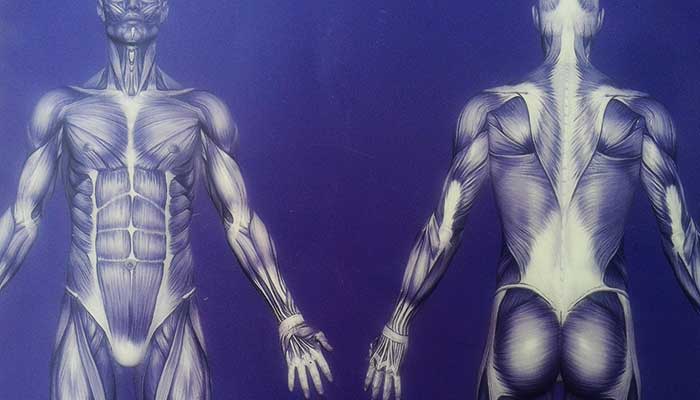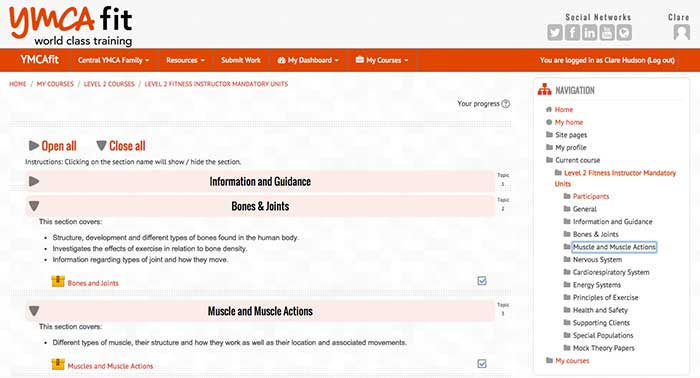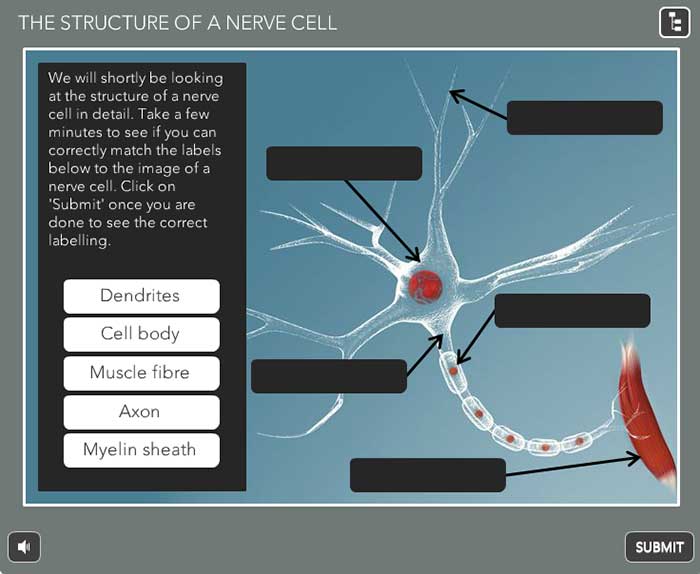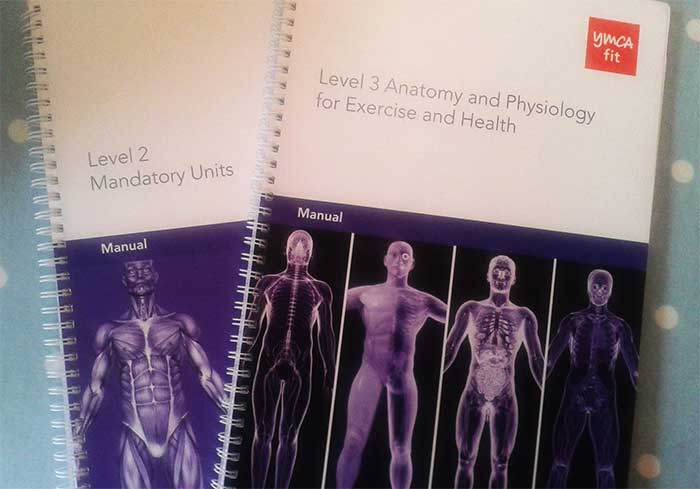I have just less than a month to go until I sit the two physiology and anatomy exams for my yoga teacher training with Yoga Professionals and YMCAFit, who kindly gave me a course discount in return for writing about my experiences.
If you’re thinking of doing this course, you have to sit two written physiology and anatomy exams to pass, as well as producing coursework, lesson plans and teaching a yoga class, but in this article, I want to focus on the physiology.
You study this part of the course independently online, unless you already have a Level three qualification in anatomy and physiology for exercise and health.
How long will the online training take?
Because I’m new to this, I would say in total (providing I pass the exams), studying and revising will have taken me approximately two to three months overall, studying for approximately a few hours each day.
Before I started the course, I was advised to complete the online components first, but I found it a difficult to juggle doing two courses and a full time job, which is why I chose to do it this way.
Online access
When you sign up to the teacher training you get six months to complete the course, and then after that you can pay an additional £10 a month to access the online training, which is ok and means you can take as long as you need.
What does the online training look like?
Here are a few screenshots of the online learning
How I’ve found the online training so far
I found some of the online content a bit dry, so I ended up ordering the training manuals too, which has made things easier. I now refer to both the books and the online content to break things up a bit.
The online training is good for testing yourself as you have access to mock exam papers and some of the modules are interactive. However, there are a few videos featuring people just talking at you which isn’t really how I learn, so for these bits, I just turned to the training manuals (see photo below).
I don’t have any other yoga teacher trainings to compare this to, but I would say that this course goes into a lot of depth. At times, I think ‘Do I seriously need to know all this to teach yoga?’ Probably not, but having the knowledge will at least make me feel more confident and it will mean I will be able to work in gyms and be accredited by the Register for Exercise Professionals.
Face to face or online learning?
Naturally, I preferred the contact hours where I was actually learning how to teach yoga with a teacher. If the physiology and anatomy, however, was taught face to face, the course would end up being much longer and would probably be twice the amount of money.
I haven’t needed to yet, but if you’re struggling at all, everyone who’s studying online has access to course tutors who can help with any issues or course problems.
There are also revision days, where you can learn some of the physiology and anatomy directly from a teacher. A few people on my course mentioned that they found these sessions really useful. They do, however, cost extra, but are apparently worth it if you fail the exams the first time round.
Is the physiology and anatomy related to yoga?
The exams I’ll be taking are generic exams in anatomy and physiology for exercise and health, so they’re not specific to yoga. However, in other parts of the course we learnt how to adapt asanas as well as learning about common health issues people may have when they come to yoga classes.
With the Level three qualification, however, it does mean that if you wanted to do other related courses with YMCAFit such as Pilates or Personal Training, you wouldn’t need to redo the exams.
Image source: photo of the front cover of the Level 3 Anatomy and Physiology for Exercise and Health manual




